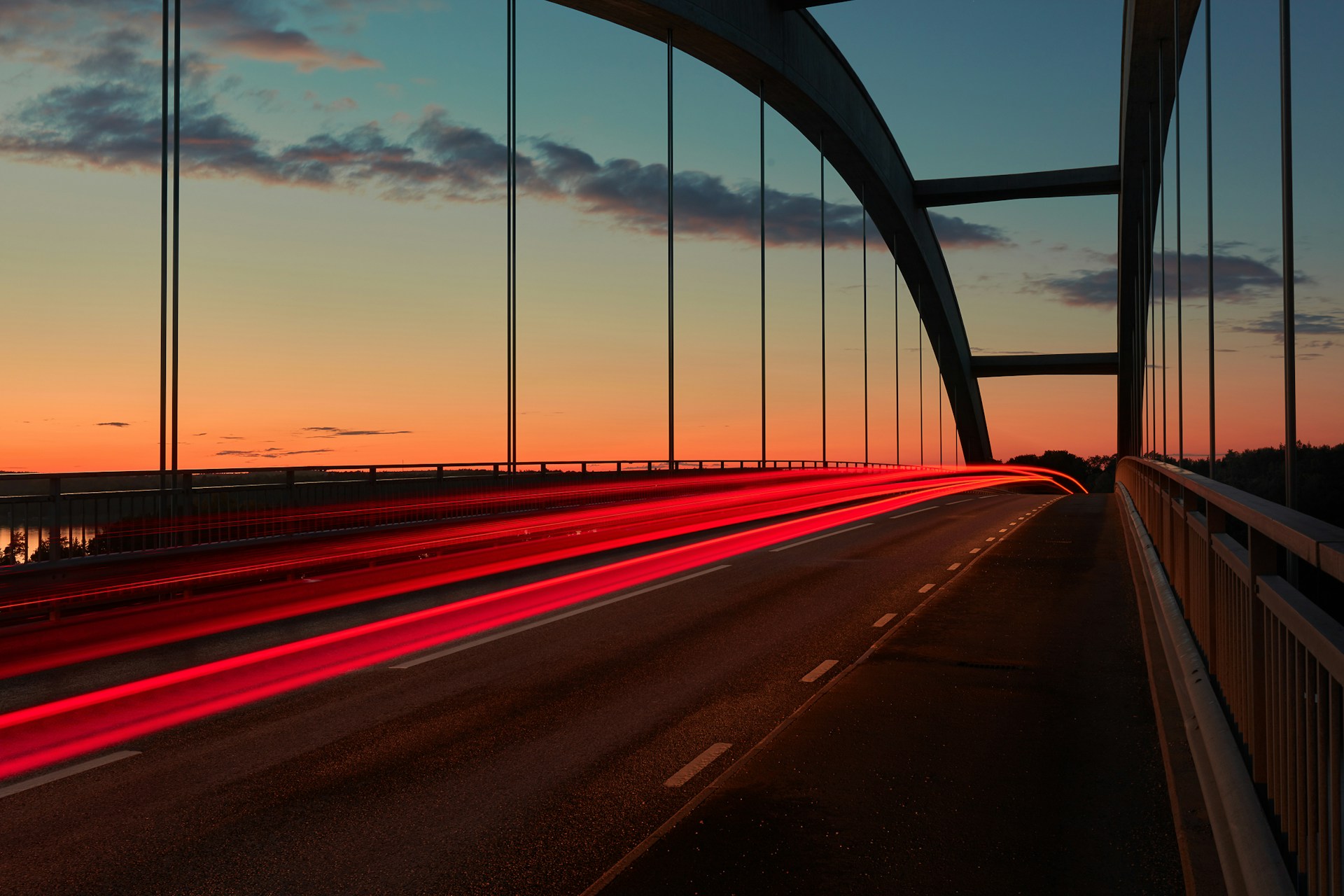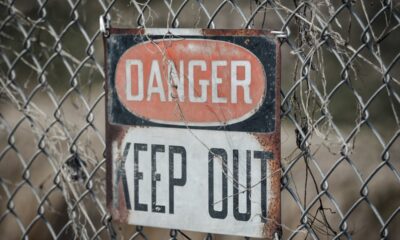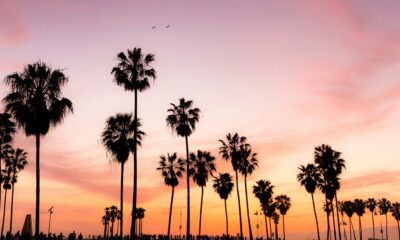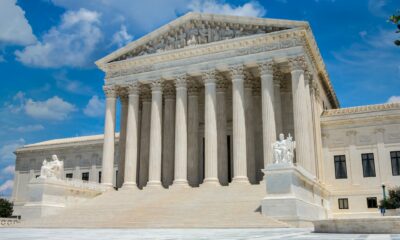Latest News
January 1, Unseen Danger Lurking Under Your State’s Bridges

The catastrophic collapse of the Francis Scott Key Bridge in Baltimore, Maryland on Tuesday has ignited a flurry of questions regarding the safety measures that could have potentially averted such a disaster. The cause of the calamity remains uncertain, but the incident involved a colossal 985-foot long cargo vessel seemingly losing control and colliding with a supportive pylon, a crucial component of the bridge’s structure.
The question that looms large is whether the bridge could have been better fortified to withstand a large vessel striking a vital part of its infrastructure. However, experts opine that the answer is not as straightforward as it seems. Ron Harichandran, Ph. D., dean of the Tagliatela College of Engineering in Connecticut, shared his insights, suggesting that even if protective barriers were in place, they might not have been sufficient to halt the Dali, the Singapore-flagged container with a massive dead weight tonnage, or total tonnage, of nearly 117,000 tons.
“Most of those protections systems that they have directly around the pier would probably not have been able to protect this particular incident because of the size of the cargo ship and the weight,” Harichandran said. “It was just too big.” He further suggested a potential solution, albeit one that is not commonly implemented due to its high cost. “The only thing that might have worked is if they had sort of an island around the piers and that’s not done often,” Harichandran added. “It basically involves filling up an area of the river and building an island, so the ship would hit the island and not the pier. That’s what you would have to do if you wanted that level of protection, but obviously, that’s quite expensive.”
Harichandran also emphasized the importance of incorporating such safety measures during the construction phase of the bridge, rather than attempting to retrofit them later. “It should really have been done at the time the bridge is built and not retrofitting it,” he added.
The chair of the National Transportation Safety Board, Jennifer Homendy, addressed the issue of protective structures during a Tuesday press briefing. She confirmed that such structures would be a key aspect of the investigation into the collapse of the Maryland bridge. “There’s some questions about the structure of the bridge – protective structure around the bridge or around the piers to make sure there isn’t a collapse,” she said, responding to a reporter’s question. “We are aware of what a structure should have. Part of our investigation will be how was this bridge constructed? It will look at the structure itself. Should there be any sort of safety improvements? All of that will be part of our investigation.”
The Francis Scott Key Bridge, constructed in 1977, does not seem to have any protective barriers in place, as per photos and videos from the scene. The pier that was struck was not safeguarded by any barrier or buffer-like structures. There are some small circular-shaped structures in the water, but their purpose remains unclear. The National Transportation Safety Board (NTSB) has yet to comment on whether the Baltimore bridge had a bumper system or protective barriers in place.
As our loyal readers, we encourage you to share your thoughts and opinions on this issue. Let your voice be heard and join the discussion below.

-

 Entertainment2 years ago
Entertainment2 years agoWhoopi Goldberg’s “Wildly Inappropriate” Commentary Forces “The View” into Unscheduled Commercial Break
-

 Entertainment1 year ago
Entertainment1 year ago‘He’s A Pr*ck And F*cking Hates Republicans’: Megyn Kelly Goes Off on Don Lemon
-

 Featured2 years ago
Featured2 years agoUS Advises Citizens to Leave This Country ASAP
-

 Featured2 years ago
Featured2 years agoBenghazi Hero: Hillary Clinton is “One of the Most Disgusting Humans on Earth”
-

 Entertainment1 year ago
Entertainment1 year agoComedy Mourns Legend Richard Lewis: A Heartfelt Farewell
-

 Featured2 years ago
Featured2 years agoFox News Calls Security on Donald Trump Jr. at GOP Debate [Video]
-

 Latest News1 year ago
Latest News1 year agoNude Woman Wields Spiked Club in Daylight Venice Beach Brawl
-

 Latest News1 year ago
Latest News1 year agoSupreme Court Gift: Trump’s Trial Delayed, Election Interference Allegations Linger
Joe
April 1, 2024 at 8:03 am
This was a terrorist attack,open your dam eyes,
Oldclimber
April 1, 2024 at 11:51 am
“The National Transportation Safety Board (NTSB) has yet to comment on whether the Baltimore bridge had a bumper system or protective barriers in place.”
I see. Too busy concocting excuses for how DEI is not correlate-able to something as obviously preventable as “not knocking down a bridge”.
PvA
April 1, 2024 at 11:53 am
Have cargo ships increased in size over the years? Did the guiding tug boats (I am assuming there were several tug boats alongside this monstrosity!) do their jobs?